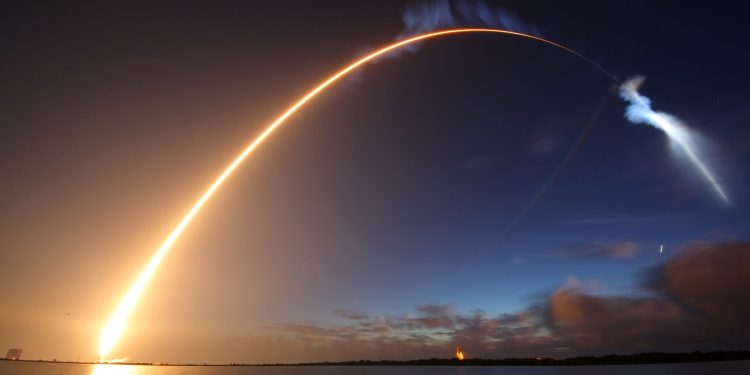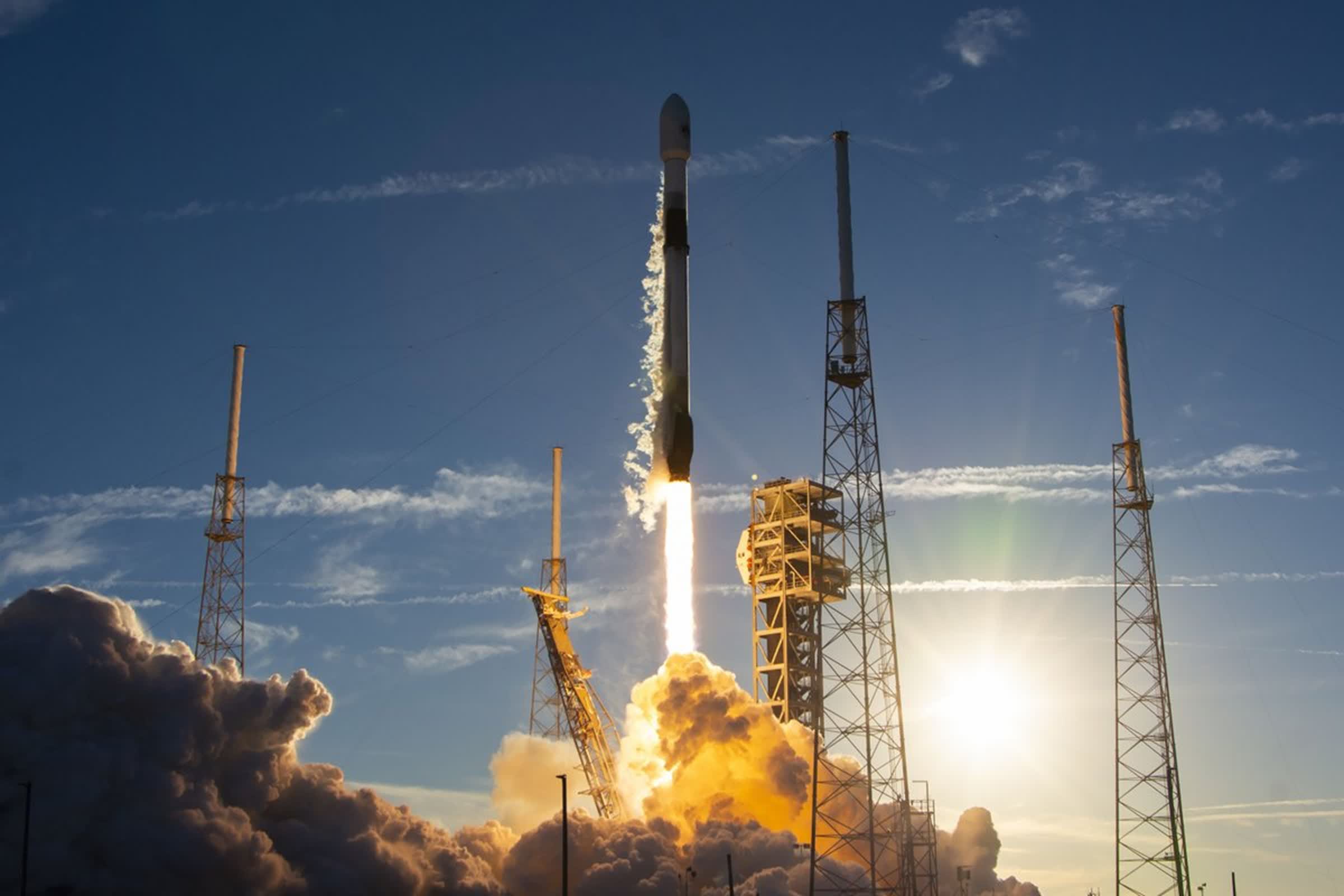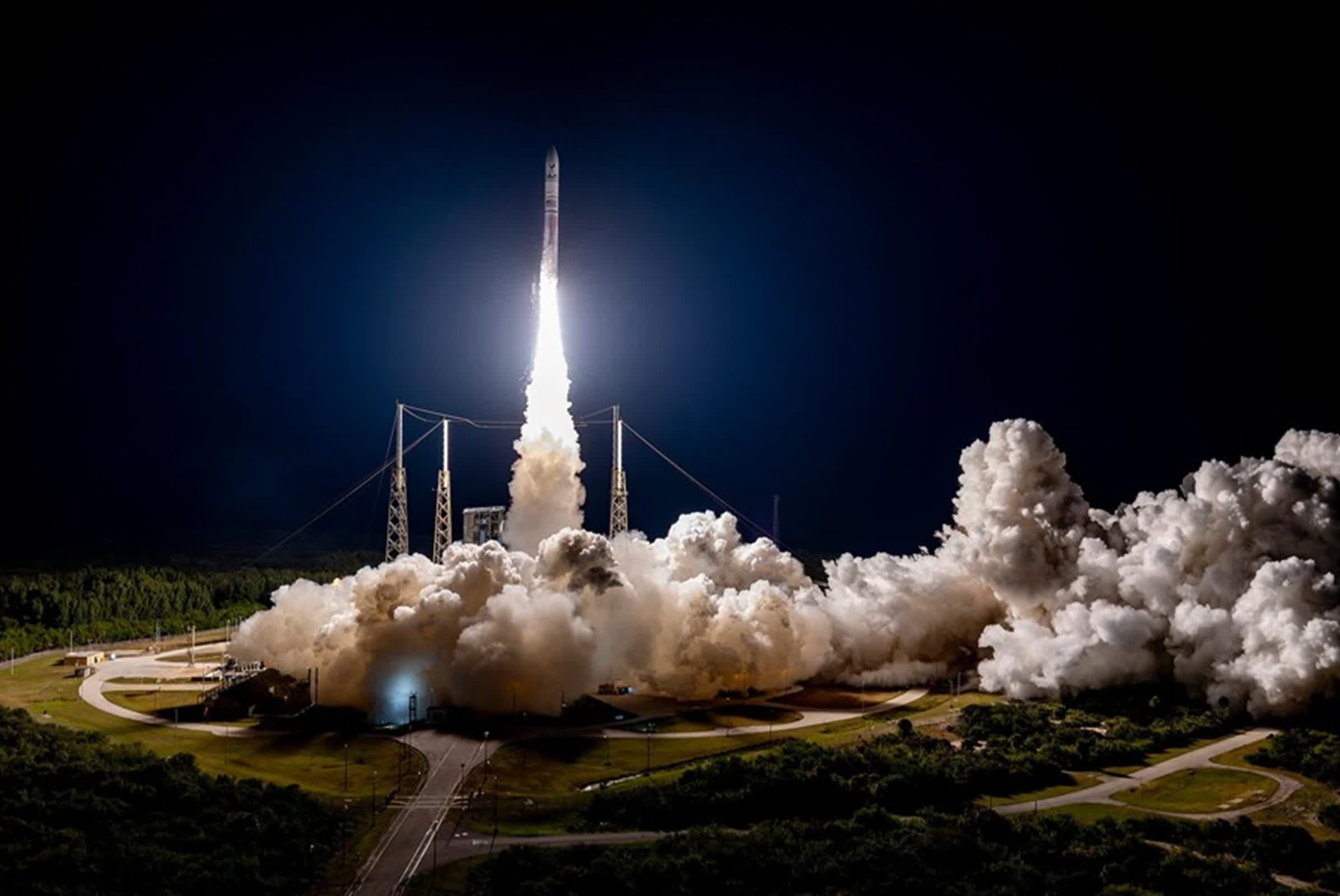Boldly going: The US Area Power has awarded $13.7 billion in contracts to SpaceX, United Launch Alliance, and Blue Origin below the Nationwide Safety Area Launch Section 3 program. The contracts run via 2029 and mark the primary time three firms will concurrently deal with top-priority navy satellite tv for pc missions – signaling a brand new period of competitors in protection area launches.
SpaceX secured the biggest share of the contracts, touchdown $5.9 billion for 28 launches. In the meantime, ULA snatched $5.4 billion for 19 missions, and Blue Origin obtained $2.4 billion for seven. These launches will carry delicate payloads – equivalent to Nationwide Reconnaissance Workplace spy satellites – into orbits that require superior technical precision. As its first try at an NSSL award, Blue Origin’s inclusion alongside veteran contractors underscores the shifting dynamics of the navy launch trade.
A better take a look at the financials reveals notable value variations between suppliers. SpaceX’s common worth per launch is round $212 million – nicely under ULA’s $282 million and Blue Origin’s $341 million. These figures embody not simply the launches themselves but additionally added companies like fleet surveillance and mission-specific research.
The NSSL Section 3 program splits launches into two tracks: Lane 1 for commercial-style missions and Lane 2 for high-stakes nationwide safety payloads. The current awards fall below Lane 2, demanding rigorous efficiency and safety requirements to attenuate dangers. This construction opens the door for newer suppliers in Lane 1 whereas reserving Lane 2 for methods that may meet this system’s most complicated necessities.
Section 3 represents a big enlargement over its predecessor, with an anticipated 84 missions scheduled between fiscal years 2025 and 2029 – practically double the quantity carried out throughout Section 2. Of those, 54 missions are allotted to Lane 2, underscoring the significance of this phase in sustaining nationwide safety.
Every supplier will use its flagship rockets for these missions. SpaceX will deploy Falcon 9 and Falcon Heavy, whereas United Launch Alliance will depend on the newly licensed Vulcan Centaur, phasing out its older Delta IV and Atlas V rockets. Blue Origin will use its New Glenn, which accomplished its maiden flight earlier this yr however nonetheless wants extra certification earlier than dealing with Lane 2 missions.
The aggressive dynamics of navy area launches have shifted considerably over the previous decade. Whereas ULA as soon as dominated this sector, it now faces fierce competitors from SpaceX’s reusable Falcon boosters, which provide a cheaper various. Since gaining eligibility to bid on navy contracts in 2015, SpaceX has captured over 40 p.c of NSSL missions, solidifying its function as a key companion for the Pentagon.
Blue Origin is making strides on this area however faces hurdles. The corporate wants not less than another profitable flight of its New Glenn rocket to attain full certification for Lane 2 missions, with that milestone anticipated by late 2026. In the meantime, ULA licensed its Vulcan rocket after two profitable check flights. Designed for complicated orbital maneuvers and long-duration missions, ULA hopes the rocket will differentiate it from opponents.
Profitable 60% of the missions could sound beneficiant, however the actuality is that every one SpaceX opponents mixed can not at present ship the opposite 40%!
I hope they succeed, however they are not there but.
– Elon Musk (@elonmusk) April 4, 2025
Along with Lane 2 missions, Lane 1 offers alternatives for newer gamers like Rocket Lab and Stoke Area to enter the navy launch market with lower-risk payloads destined for low-Earth orbit. These much less demanding missions have fewer certification necessities, fostering broader participation whereas sustaining value effectivity.

















